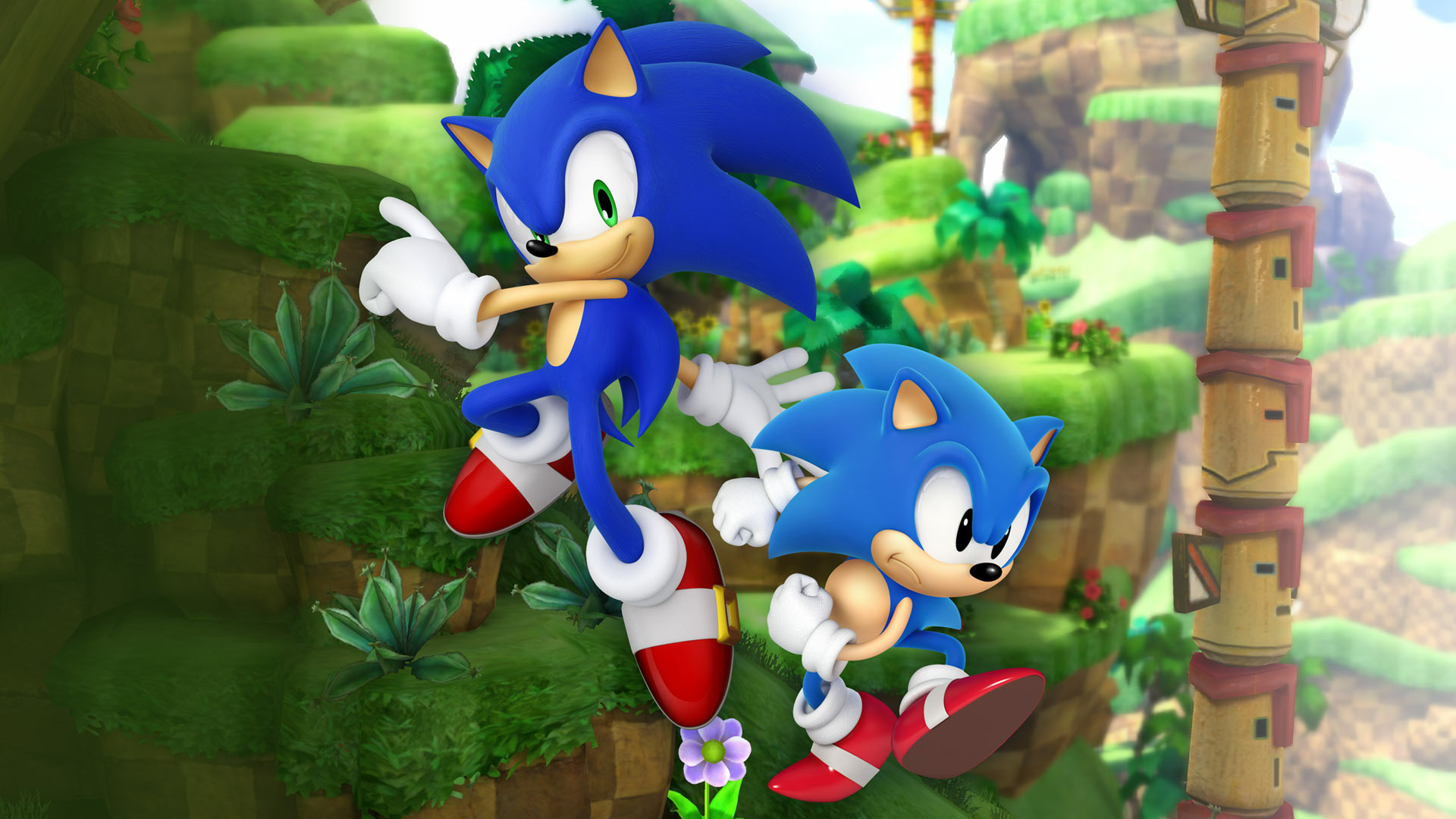If you’ve been anxiously waiting for a polished 3D Sonic game that stays true to the linear formula of the series’ 2D roots, Sonic Generations is the game to claim that title.
The game celebrates the 20th anniversary of Sonic the Hedgehog, the blue blur that initially appeared on the SEGA Genesis in 1991 and has since become the iconic rival to the face of the video game industry himself, Nintendo’s Mario.
Generations gives an instant sensation to longtime Sonic fans the second the main menu appears. It shows off Sonic in his early years of the ’90s, standing beside his refined, modern style.
An Ingenious, Successful Concept
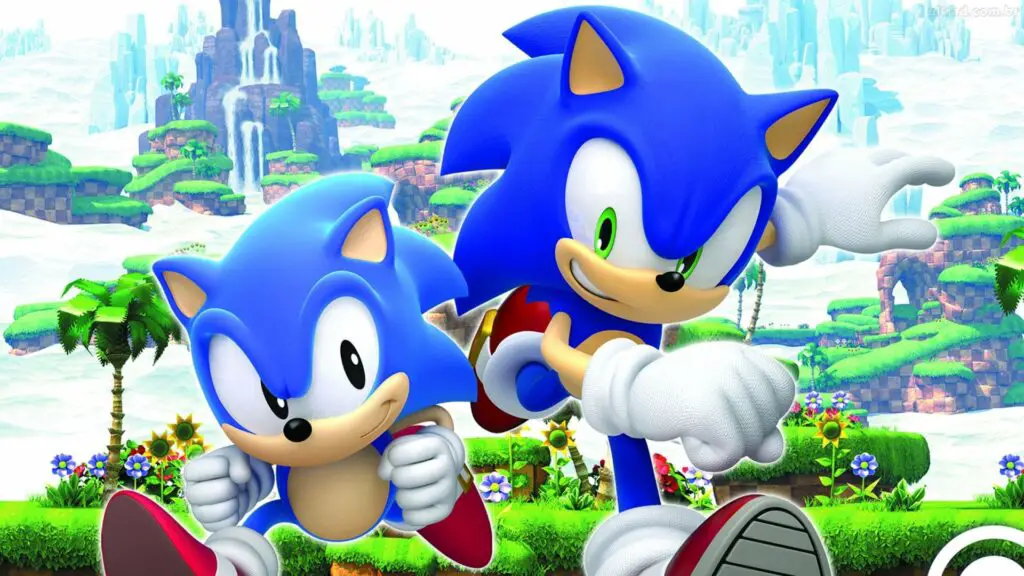
What makes this game so unique and special is that SEGA has finally developed a solution to cater to all Sonic fans of any time period in one package. This is accomplished by allowing the player to experience the 2D fast-paced platforming action that made the hedgehog what he is today by using the Classic Sonic, but at the same time, showing off his evolution with perfected 3D stages by using the Modern Sonic.
It feels like a clean new foundation for SEGA to build upon after some of the more recent entries disgraced the beloved franchise. Examples include the “next-gen” Sonic the Hedgehog, known today as Sonic ’06, released for the Xbox 360 and PlayStation 3.
You’ll feel very refreshed playing Generations due to the simply exciting gameplay that emphasizes speed and control above all things.
Story and Characters
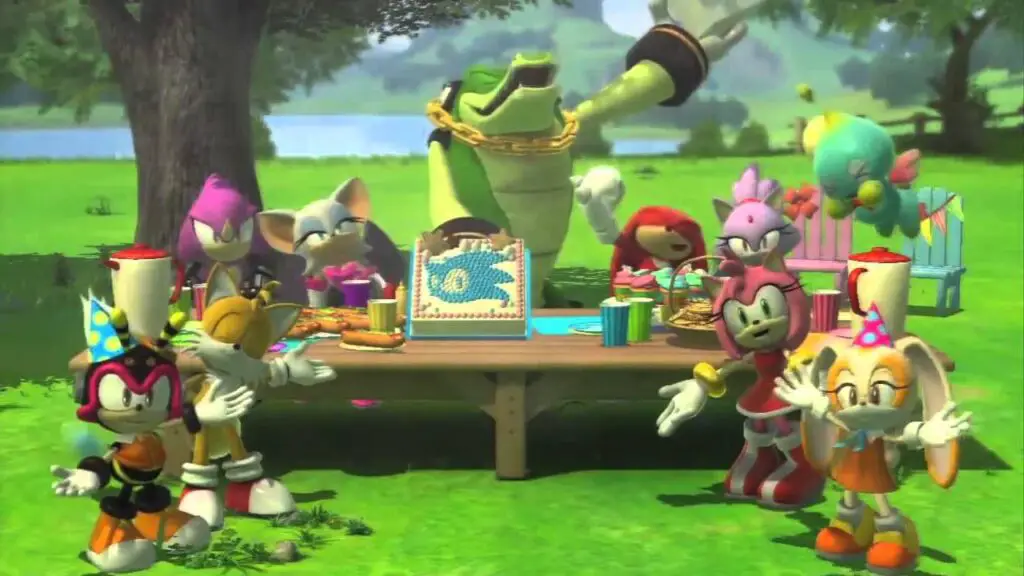
The story of Generations sets the stage with an elegant, light premise, which most of the older Sonic games have in common. Yet, the best part of the story in this game is explicitly how well it primarily focuses on the two characters that solidified the franchise from the beginning: Sonic & Tails.
While Sonic and his friends are celebrating his 20th birthday, a mysterious being known as the Time Eater suddenly appears, sucking everyone through various time holes, scattering them across different points in history. Sonic makes an attempt to stop the Time Eater but is knocked out.
After regaining consciousness, Sonic finds himself in a strange dimension known as White Space, where time and space are erased by being drained of color and life. As he searches for his friends, he encounters his younger self, Classic Sonic, along with a younger Classic Tails. Both the Sonics realize that the only way to defeat the Time Eater is to work together and race through history, restoring time to normal and rescuing their friends.
It’s a perfect framework for a game with this unique concept, and while predictable in many respects, it is a joy to experience from beginning to end.
Gameplay
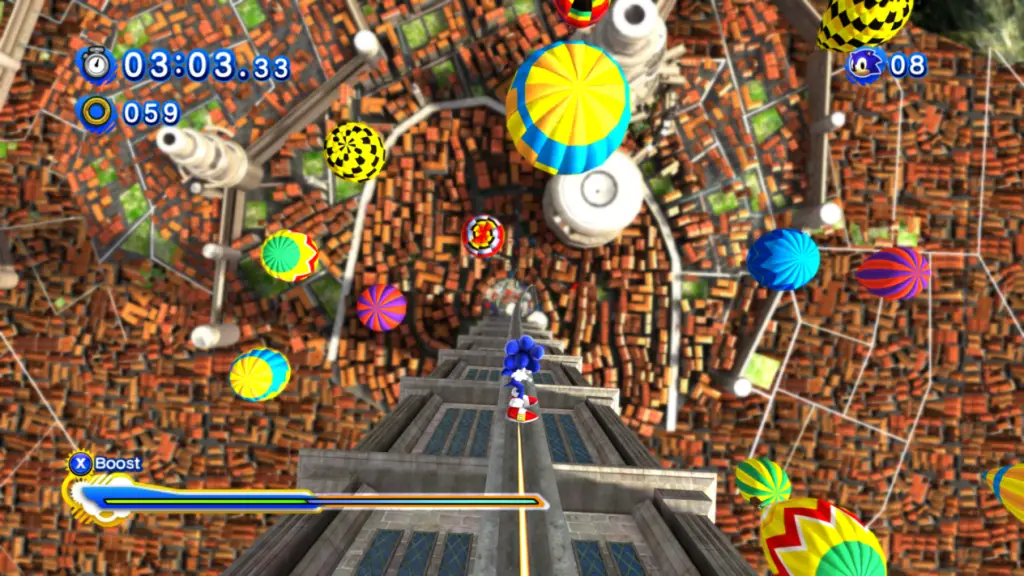
The gameplay in Sonic Generations is everything fans have been pleading for over many years, simple, fun, and fast. When it comes to speed, Sonic has never been faster and more thrilling to play, and he’s never looked so good doing so. The graphics on all systems look crystal clear, showing off the true fidelity of the seventh generation of consoles.
Each level in Generations is a tribute to many of the best stages from the series’ history, in order from release. However, it thankfully excludes stages from spin-offs like Sonic and the Secret Rings (2007) and its sequel, Sonic and the Black Knight (2009).
You’ll get to experience the nostalgia of the franchise from all stages in Generations, which include the following levels:
- Green Hill Zone (Sonic the Hedgehog, 1991)
- Chemical Plant (Sonic the Hedgehog 2, 1992)
- Sky Sanctuary (Sonic 3 & Knuckles, 1994)
- Speed Highway (Sonic Adventure, 1999)
- City Escape (Sonic Adventure 2, 2001)
- Seaside Hill (Sonic Heroes, 2003)
- Crisis City (Sonic the Hedgehog, 2006)
- Rooftop Run (Sonic Unleashed, 2008)
- Planet Wisp (Sonic Colors, 2010)
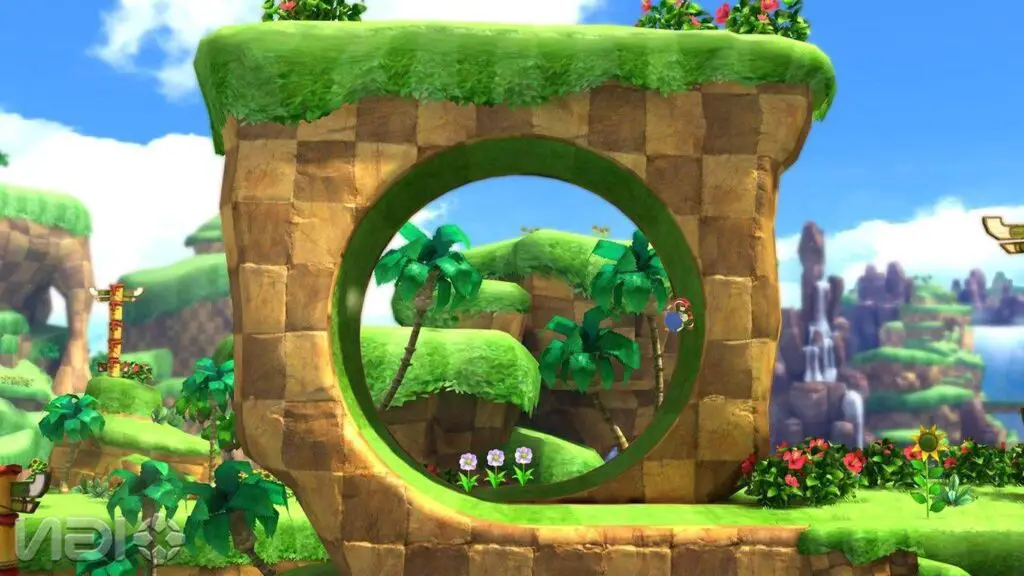
Every stage is an excellent emulation of the original counterparts, with each having energetic, enthralling music that captivates the feeling of the levels and Sonic’s personality as a whole. This allows you to seamlessly travel back in time through the generations and experience all of Sonic’s best adventures.
Each zone consists of a main act for each Sonic, so players get to choose which way they want to play a level first before experiencing the other Sonic.
Players will be relieved to know this game has its priorities in check without succumbing to all the downfalls plaguing the franchise’s past. Some examples include an overabundant cast of characters, many of which shouldn’t have ever been created, crippled controls, poor concepts, terrible cameras, and abysmal voice acting.
As you progress through levels, you’ll be forced to complete specific mission objectives that have you scouring for keys to fight main bosses. This wouldn’t be an issue if such tasks were optional, like in preceding entries of the series, and takes away from the linear formula that made Sonic so easy to get into before.
Aside from the main bosses, there are rival bosses, which tribute to some of the more epic and memorable encounters from Sonic’s past. These are more for nostalgia than anything else due to their general lack of challenge but they are appreciated nonetheless.
You’ll collect rings through the levels, and a Skill Shop allows you to use points earned from high scores to unlock upgrades such as abilities, shields, and even the original Sonic the Hedgehog Genesis game.
Completing objectives and earnings Red Star Rings hidden in each of the main acts unlocks additional skills, bonus concept artwork, and music. The music can then be played on any stage, challenge, or boss fight.
There are also online leaderboards for two modes:
- Ranking Attack – challenges the player to obtain the best time on each level
- 30-Second Trial – challenges the player to see how far they can progress through a level in 30 seconds.
Conclusion
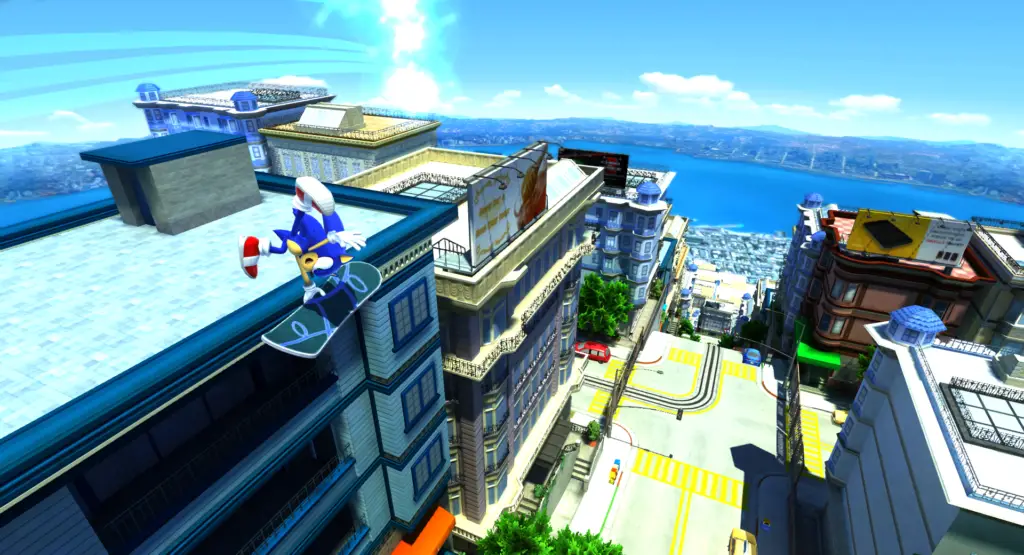
Overall, the game is a beautiful rendition of Sonic’s past. The blending of 2D and 3D stages and their transitions shine wonders on this terrific game, and for fans of the franchise, this will be a trip through generations of the blue blur that should not be missed.
Sonic Generations is a platform game developed by Sonic Team and initially released in 2011 for PC, PlayStation 3, Xbox 360, and Nintendo 3DS.

